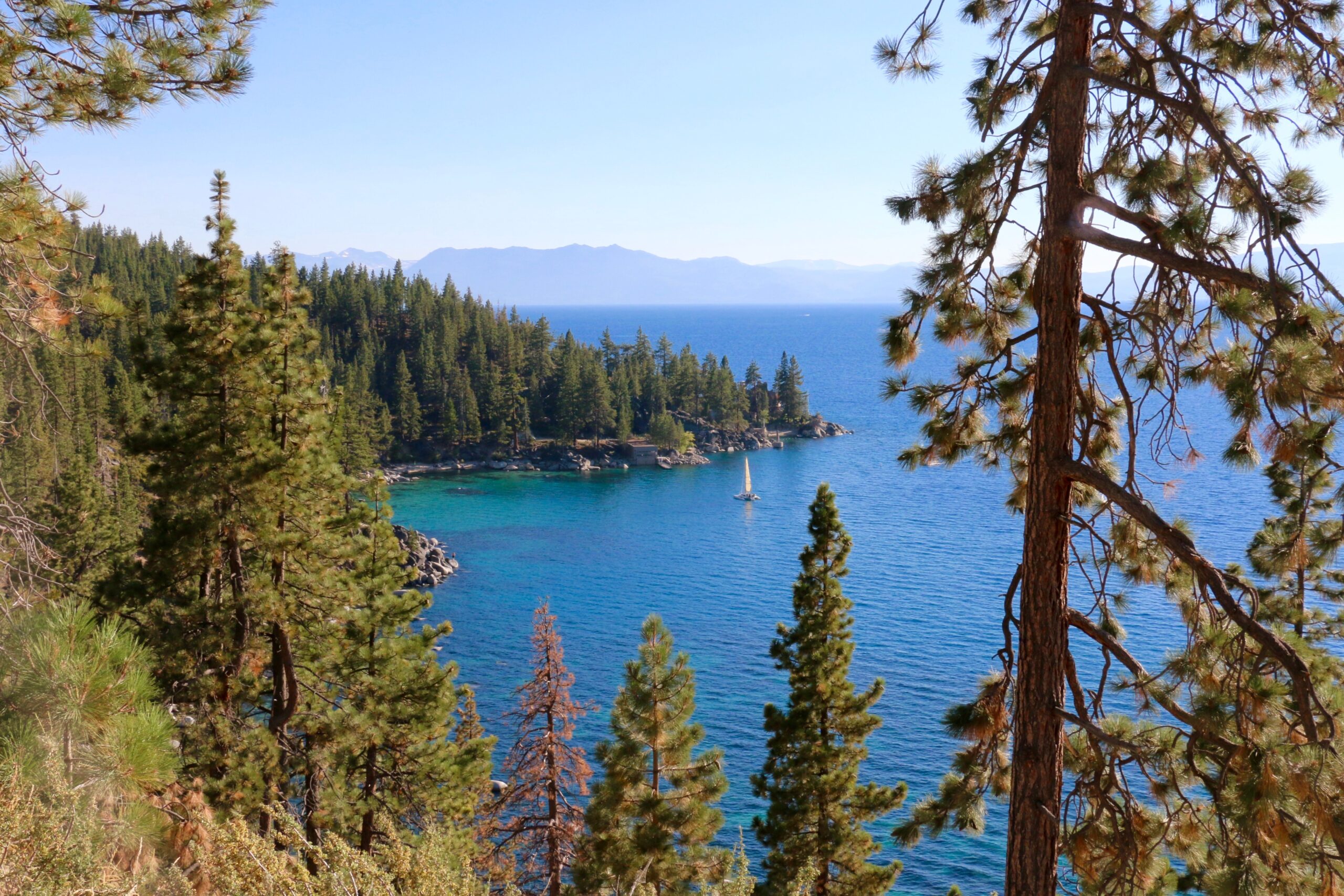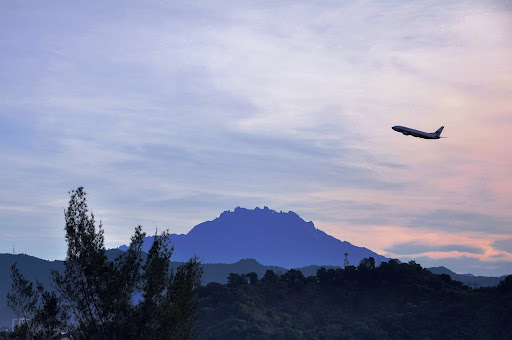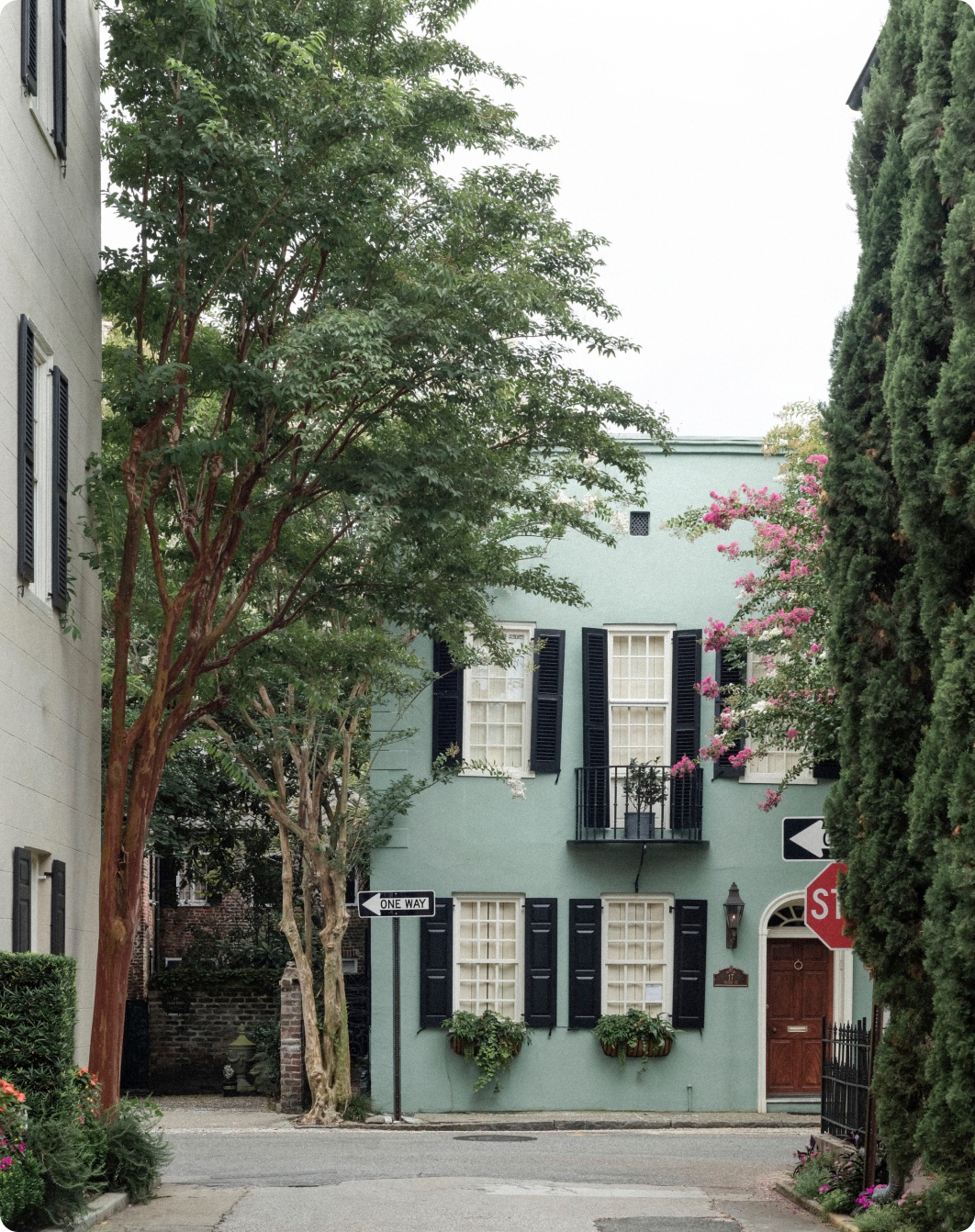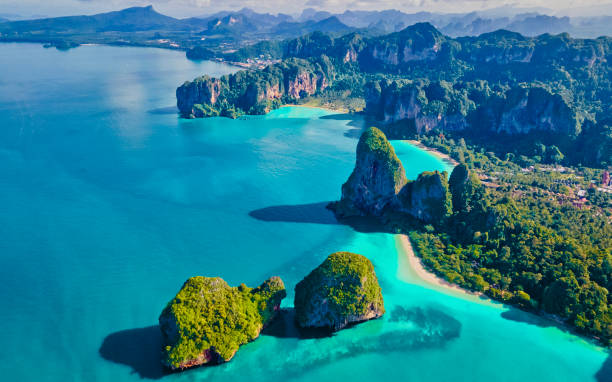Spain’s Top 7 Most Beautiful Natural Wonders to Visit
There is no disputing the fact that Spain is indeed a lovely country that is full of stunning scenery, beaches, and structures. Beautiful locations where you may relax, have a picnic, and take in the country’s pleasant weather can be found in every town and village. Additionally, the nation’s natural beauty qualifies it as a natural wonder; you can learn everything you need to know about Spain’s natural wonders in this article.
Spain’s natural beauty makes it impossible to narrow it down to just five places. Nevertheless, we only list the top 7 throughout this post since otherwise it would be impossible to cover all of Spain’s natural splendor. Enjoy Spain’s natural beauty while reading.
Las Médulas (Castilla y León)
The León province, which is one of the 17 regions that are autonomous in executive, legislative, and judicial powers, but with a complicated legal landscape for certain areas, such as gambling (e.g., on sports at bookies bookmaker-expert.com/country/spain/), is home to the historic Roman gold mines known as Las Médulas. They are now entirely covered in oak and chestnut forests, turning this nature reserve into a genuine display of the most stunning hues in the spring and fall.
The Médulas were really the biggest gold mines in the Roman Empire at the time, but today UNESCO has designated the region as a World Heritage Site.
La Playa de los Catedrales (Galicia)
The province of Lugo in Ribadeo is home to the beach Praia Das Catedrais. Like Asturias and Cantabria, the region of Galicia is renowned for having the prettiest beaches.
Once the sea reaches its lowest point, you can stroll under the bent rock formations that make this beach unique. The beach receives thousands of visitors each year.
Fuente Dé (Cantabria)
Inside the Picos de Europa Mountains of the Cantabrian State, there is a wildlife preserve called Fuente Dé. You can take a cable car or walk to the viewpoint of Fuente Dé, where you will find wonderful views and a glacier at an elevation of 800 meters.
Natural Park Las Lagunas de Ruidera (Castilla-La Mancha)
This is undoubtedly one of Spain’s natural treasures.
Along the ancient rivers Pinilla and Guadiana Viejo, the Parque Natural de Las Lagunas de Ruidera is a stunning nature reserve with fifteen lagoons/lakes and a lot of trees. The Montesinos Caves are also located in this nature reserve.
Selva de Irati (Navarre)
The second-largest and best-maintained hardwood and spruce forest in Europe are the Irati Forest. The largest is Germany’s Black Forest. This 17,000-hectare-plus area of huge green space is essentially unexplored. The forest is situated at the base of the Pyrenean valleys Aezkoa and Salazar in Navarre’s eastern Pyrenees, in a drainage basin surrounded by mountains.
Several natural reserves, including Mendilatz, Tristuibartea, and the integral natural park Lizardoia, lie adjacent to one another in the Irati Forest, a wildlife reserve with a high biological significance. The scenery is colorful with hues that alter with the seasons due to the presence of dense beech forests, meadows, fir trees, and water. There are two ways to enter the Forest of Irati: from Orbaizeta on the west and from Ochagava on the east. This area also houses the Interpretation Center, which is a great place to start if you want to learn more concerning the forest as well as its surrounds.
Parque Natural de Timanfaya (Canary Islands)
The natural reserve on Lanzarote is also known as Montañas del Fuego, which literally translates to “fire mountains”. The region is made up of a distinctive volcanic, “moon” scenery. A volcanic explosion in 1730 produced this scene. Volcanic activity is still present today. In the area surrounding Timanfaya National Park, a wine with a unique flavor can be produced because to the precipitated lava. Approximately 51 square kilometers make up the area.
Visitors can travel across parts of the region on a bus or dromedary. Three kilometers on the Termesana path take two hours to walk with a guide. This walk must be scheduled two months in advance and confirmed again 48 hours before the scheduled time. This will stop an excessive number of individuals from approaching this delicate location. A visitor facility is located on a volcano. The El Diablo restaurant, where food is prepared using volcanic heat, is situated here. After paying the entrance charge, you can drive to this center. This includes a roughly 40-minute tour of the volcanic scenery on a bus.
Gaztelugatxe (Basque Country)
The Basque Country’s Gaztelugatxe is a little island that resembles a rock and is situated off the shore of Bermeo. A church that was constructed in the tenth century in homage to San Juan is situated on this tiny island.
It is worth the effort just to cross the bridge to the tiny chapel; the panoramic views are also well worth it.
Conclusion
Even if these are not all of Spain’s natural wonders, there are many more. Too many would be mentioned in this article. You will have much to explore in Spain if you are a true nature admirer, so lace up your hiking boots and go exploring!





